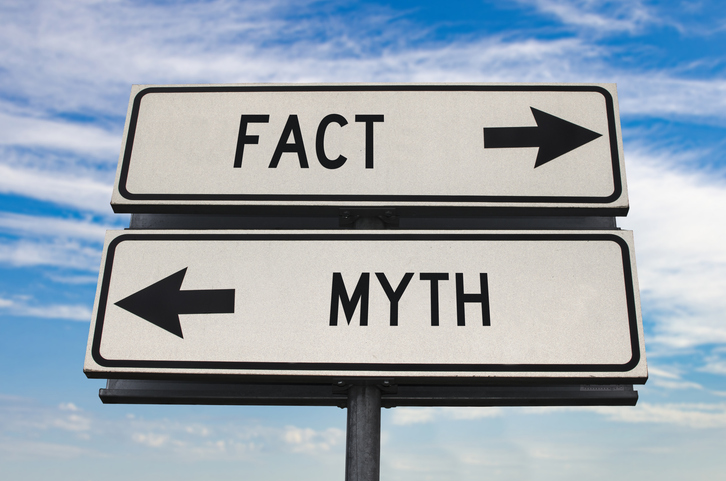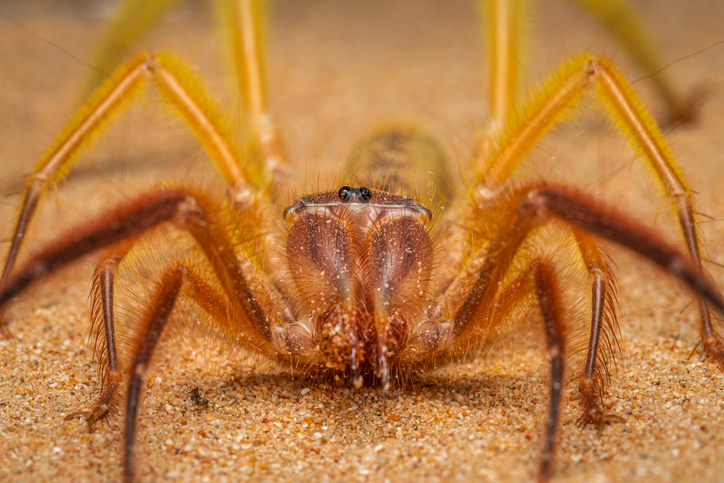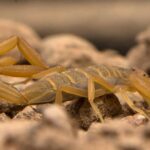The camel spider, also known as the wind scorpion, is not a camel, not a spider, and not a scorpion, either. This should be your first clue that these arachnids have a lot of myths and misconceptions surrounding them, and that’s what we’re going to be talking about today.
We’ve heard all your burning questions about these often-misunderstood pests, and we’re here to sort the fact from fiction to tell you everything you need to know about camel spiders, just how dangerous they actually are, and how you can keep your home or business protected against them and other pests with Burns Pest Elimination.
How Large Are Camel Spiders?
Before we talk about common camel spider misconceptions, let’s establish what we know as fact.
Camel spiders are known to the scientific world as Solifugae, and typically grow to between 6 and 8 inches in length. Weighing roughly two ounces, they tend to live up to a year in the wild and are obligate carnivores, meaning they must eat meat to survive.
While their appearance is intimidating, with large, razor-sharp pincers called chelicerae, they primarily target prey close to their size. Camel spiders are not picky eaters, and while their regular diet includes insects, rodents, lizards, and even some small birds, they will not hesitate to eat other arachnids or even members of their species.
Fortunately, these desert spider-lookalikes do not feed on people. That being said, their bite is certainly painful.
How Fast Can Camel Spiders Run?
Camel spiders are known for their speed, and while they are among the fastest arachnids, their top speed of 10 miles per hour is often outmatched by their prey. Lizards, some rodents, and especially birds can travel faster, but that isn’t an issue for the camel spider.
While not particularly stealthy when chasing their next meal, camel spiders will stalk or ambush their prey when given the opportunity, using a quick burst of speed to capture their unsuspecting targets.
Camel Spider Myths

Camel spiders are the subject of dozens of urban myths and legends, particularly those generated by overseas U.S. military personnel who encountered them in the early 2000s.
We’re going to separate what’s real from the rumors, and to start, let’s talk about camel spider venom, or rather, their lack of venom.
Camel Spiders Are Not Venomous
Even if they were venomous, camel spiders wouldn’t have any way of injecting it. Unlike spiders, Solifugae like camel spiders do not have fangs. Instead, they use their fast-acting jaws to capture and crunch their prey. That being said, their painful bite can lead to a lingering sore, which could be confused with a venomous spider bite.
Camel Spiders Are Not the Size of a Human Leg
This myth was popularized by a misleading photograph that circulated on the internet in 2004. The false photograph shows a camel spider seemingly longer and wider than the thigh of the person in the background. In reality, this was an illusion caused by the perspective of the camera.
Rest assured, while they can grow up to 8 inches, you’re unlikely to find any camel spiders larger than that.
Camel Spiders Do Not Chase You, Screaming, at 25 Miles Per Hour
Another myth that was attached to the famous 2004 image was that camel spiders would run at speeds of 25 miles an hour as they chased people and screamed like a banshee.
As impressive as that would be, it’s all false. Camel spiders do reach impressive speeds for arachnids of their size, but it is typically only demonstrated in short, calculated bursts as they chase prey.
Camel spiders may chase after people, but odds are it’s not because they’re hungry. The desert is hot, and they’ll take shade wherever they can find it, even if it’s right next to you.
Camel Spiders Do Not Typically Cause Infestations

These cousins to desert spiders and scorpions are solitary creatures that prefer the hot, sandy environment outside to your home. If you see one on your property, it’s likely just passing through.
However, if you see multiple camel spiders around your yard on more than one occasion, they’re likely hunting for food, and it could be a sign of an underlying pest infestation. That’s where Burns Pest Elimination comes in.
Keep Camel Spiders at Bay and Request a Quote for Pest Control Today
When you need peace of mind against common pests and more alarming ones like camel spiders, count on Burns Best Elimination. Whether you suspect you have a pest issue growing or have a full-blown issue, we have your back with residential pest control.
When you’re ready to shield your property from unwanted visitors, request a quote today!

